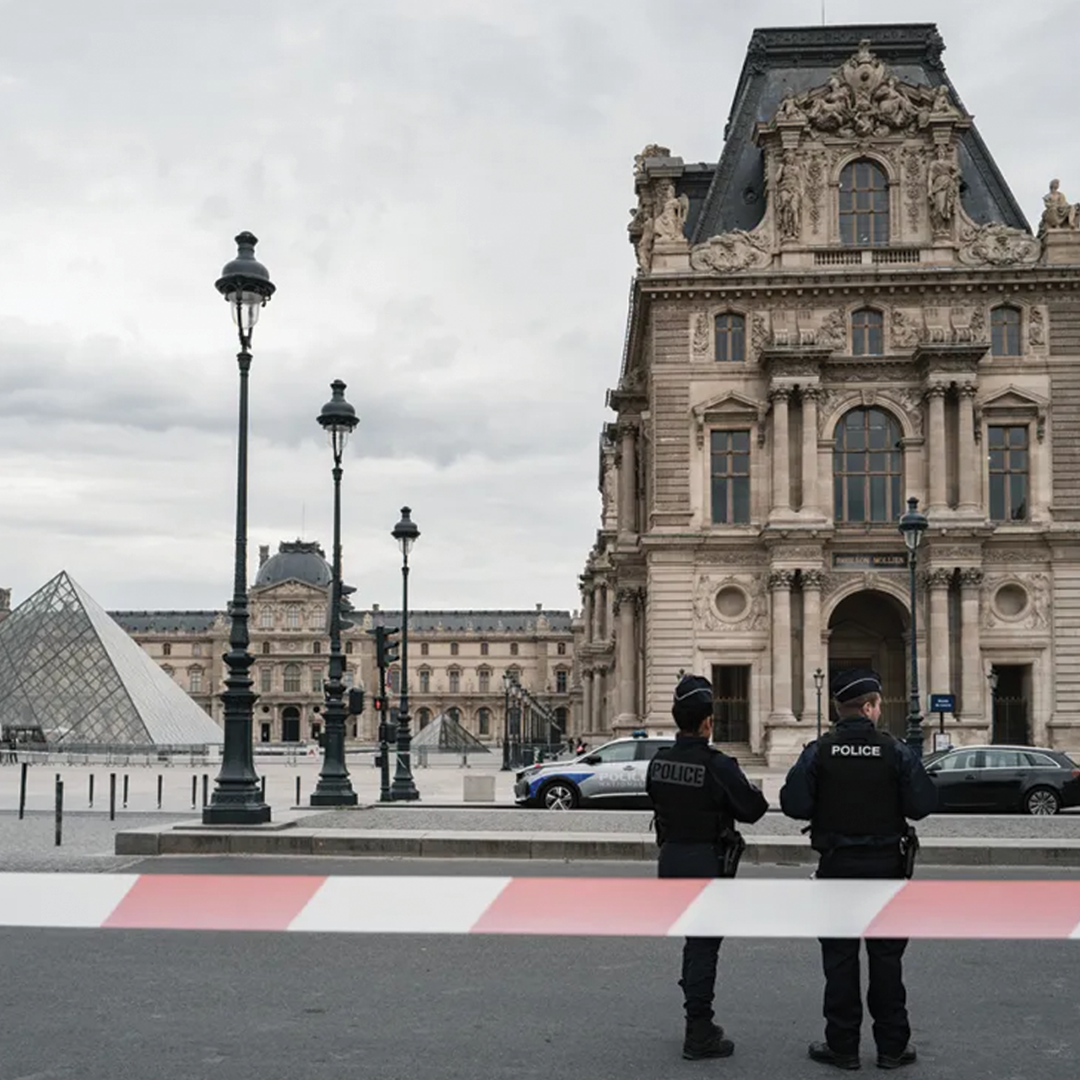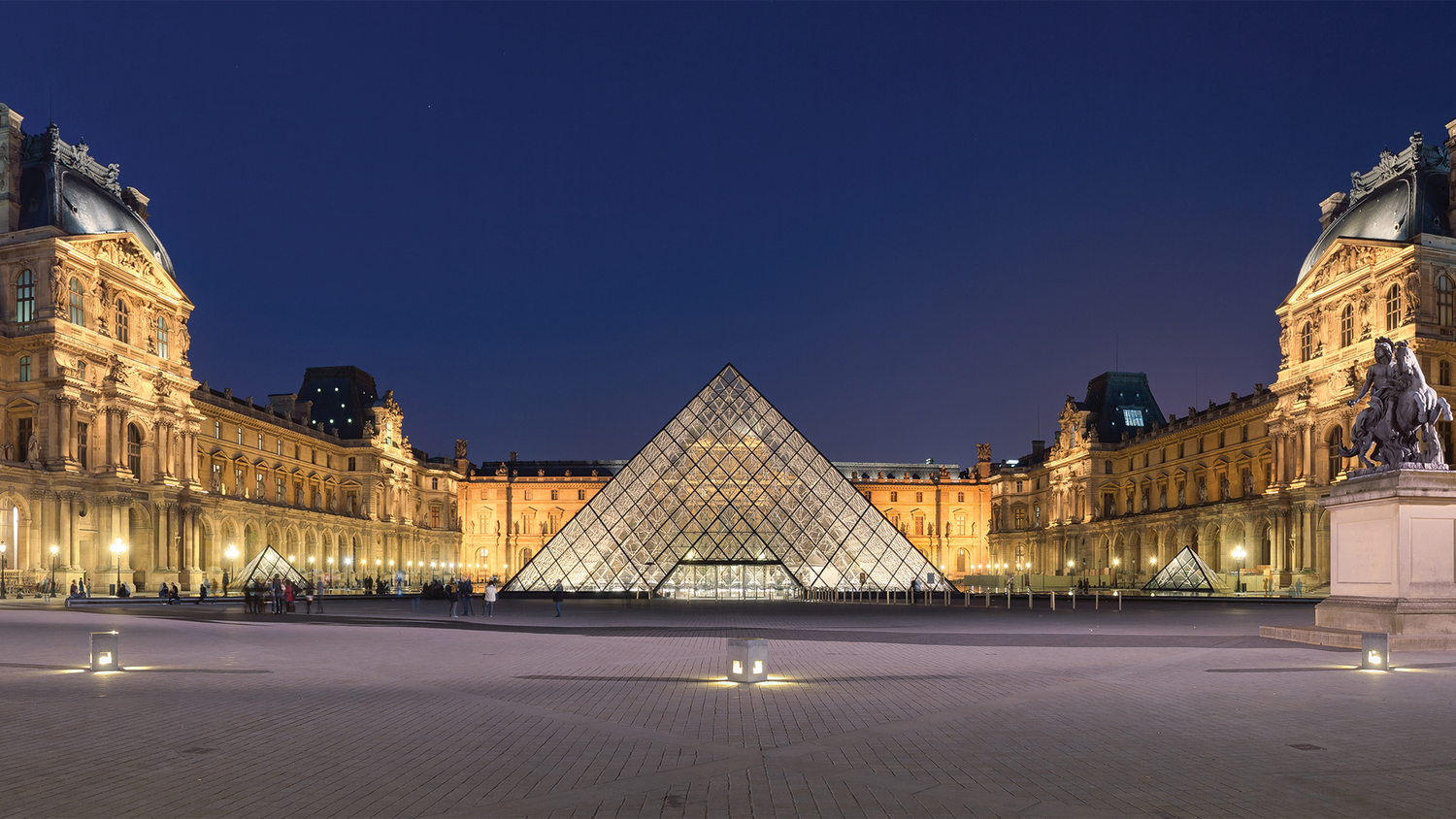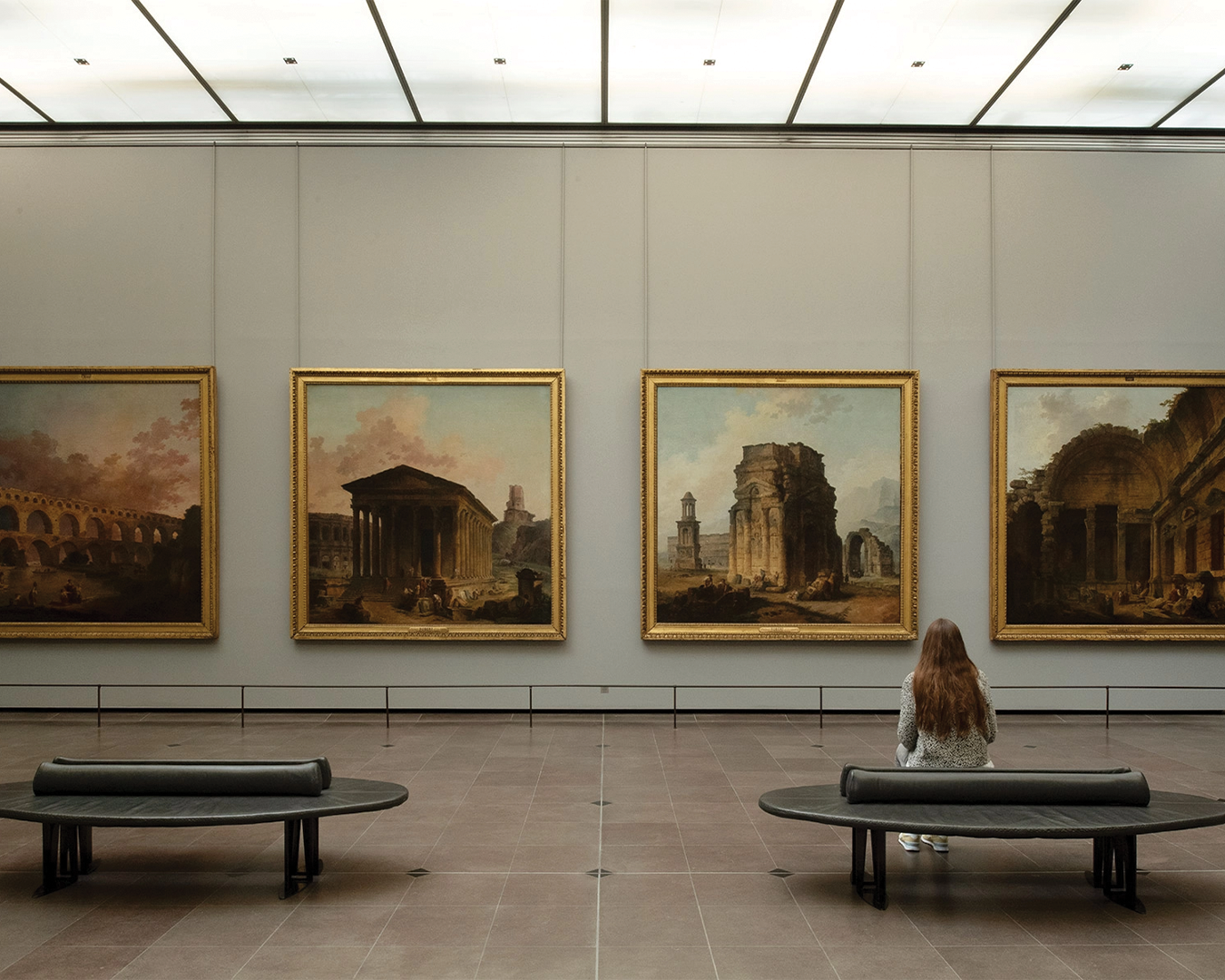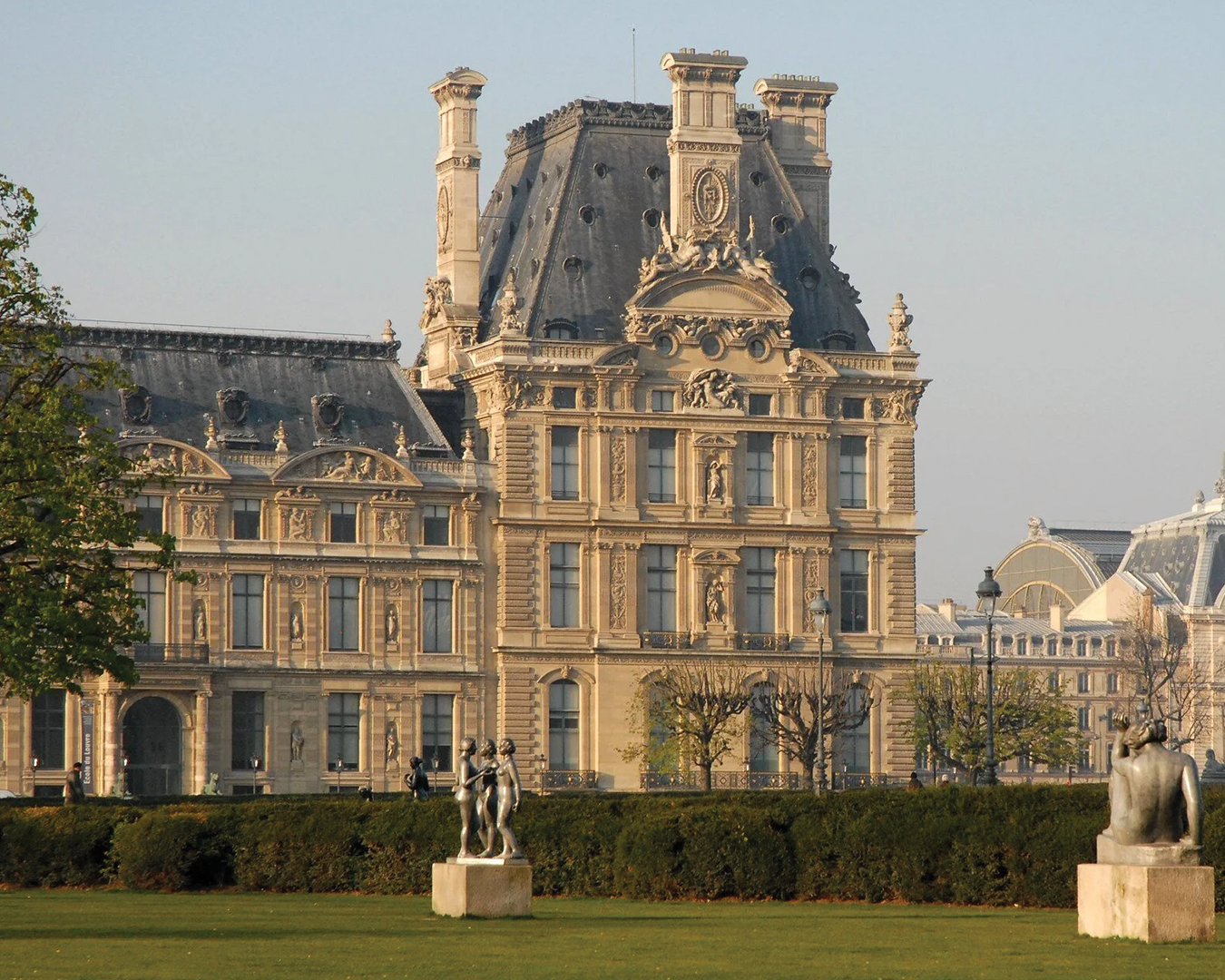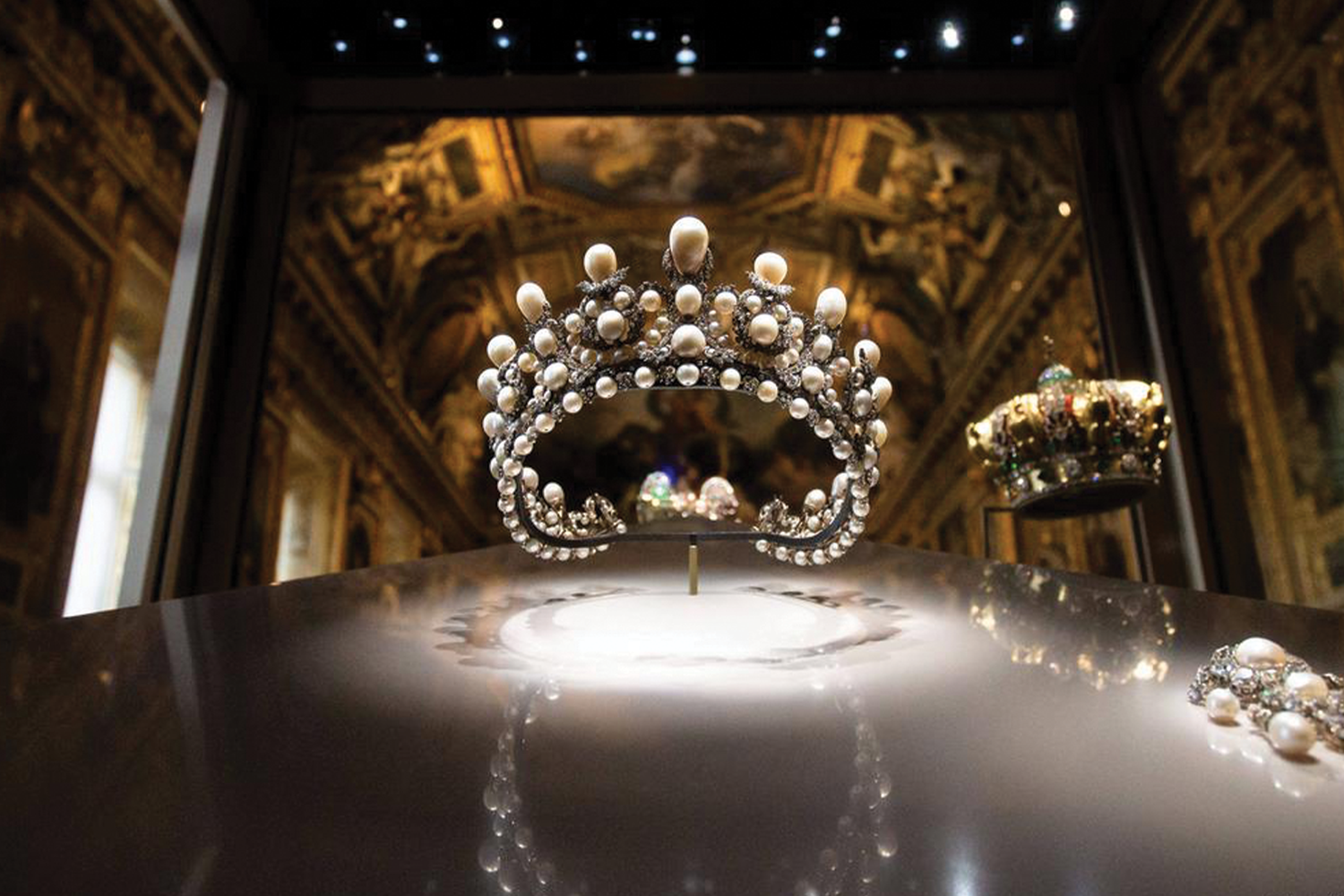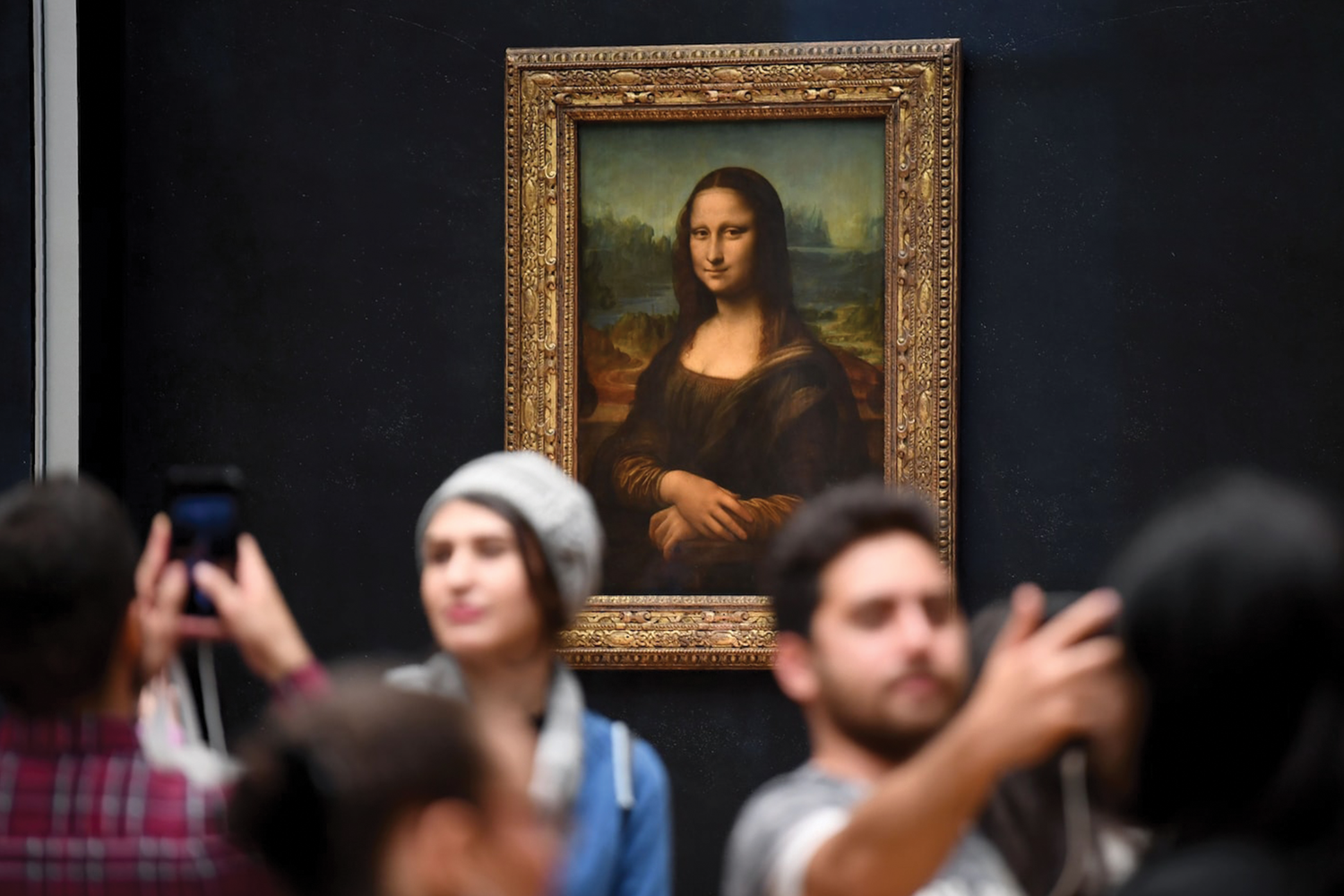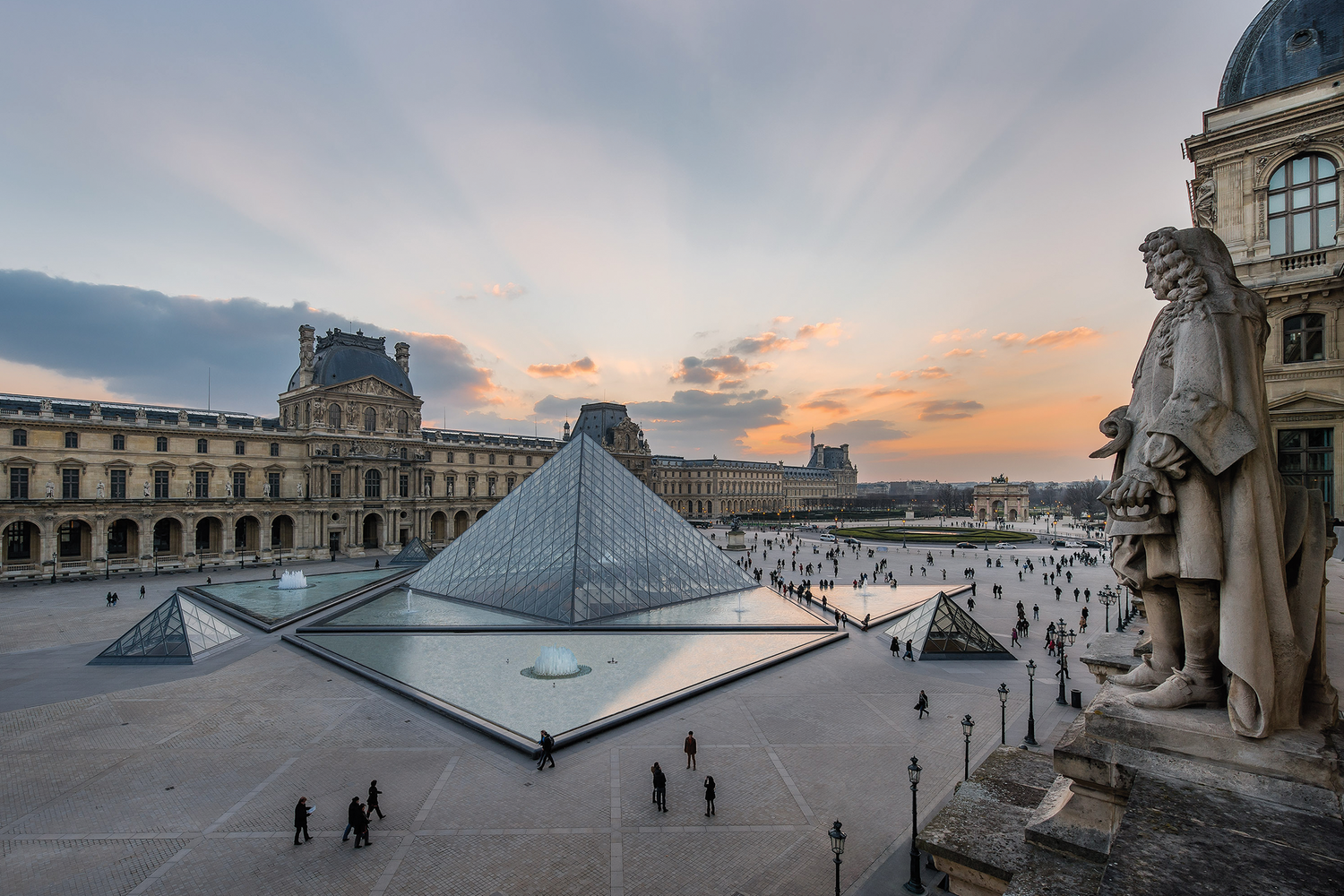Between Art and History: The Fragile Legacy of the Louvre
Located in the heart of Paris, along the banks of the Seine River, the Louvre is more than just a museum; it is the world’s memory of art. Built in the 12th century as a fortress, the structure gradually became a royal palace and eventually transformed into the most visited museum in the world. Today, over 380,000 works—from Leonardo da Vinci’s Mona Lisa to ancient Egyptian sculptures—line the corridors of this iconic building.
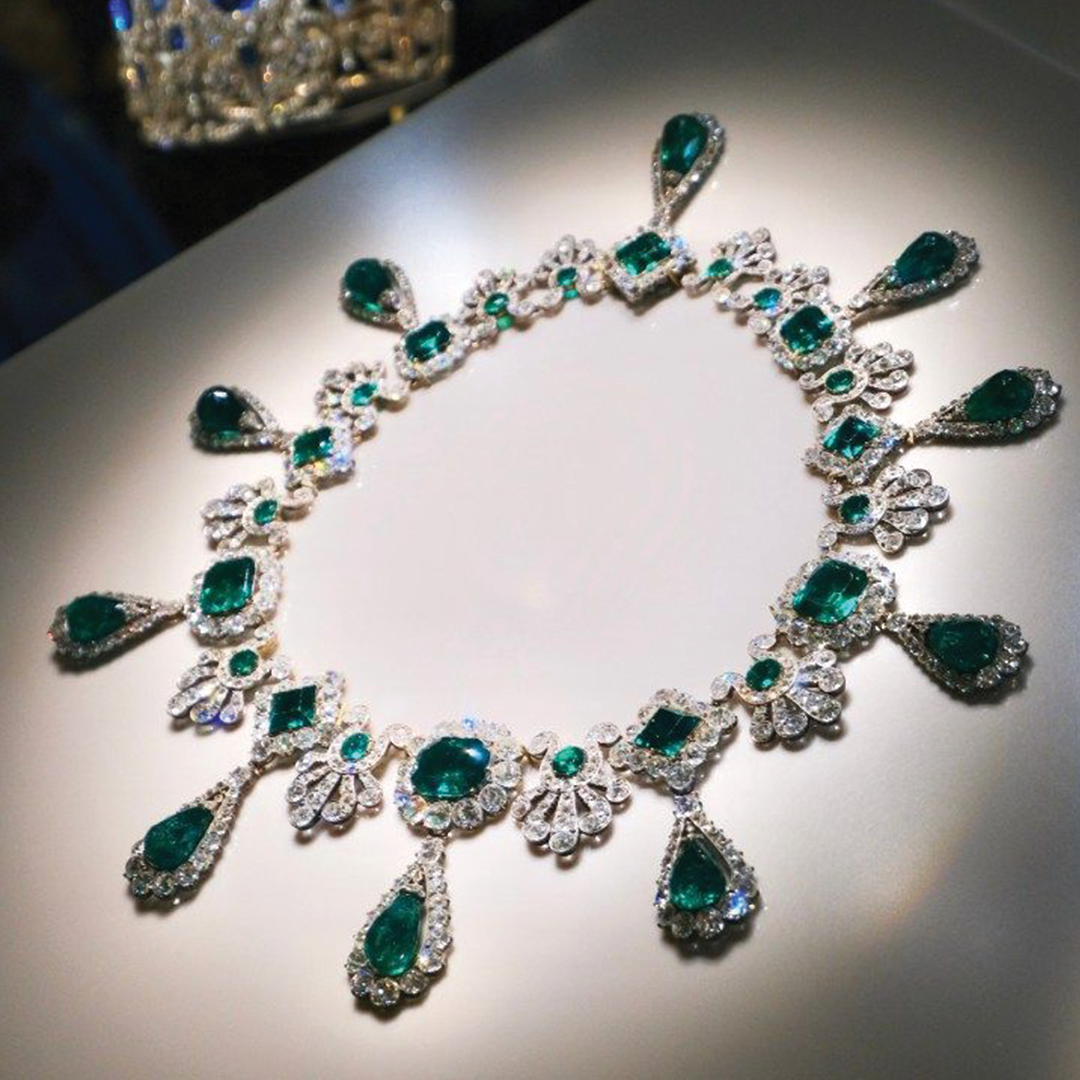
Traces of History and Elegance
